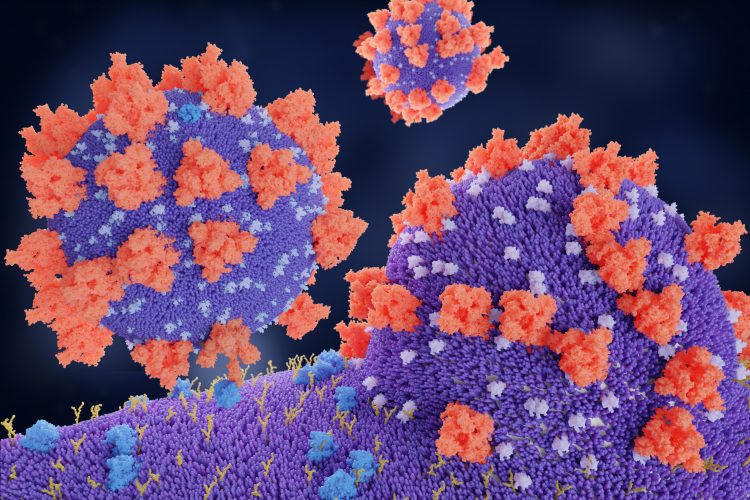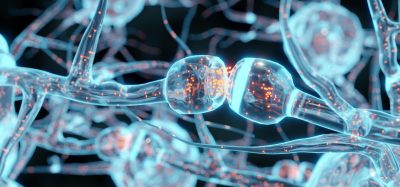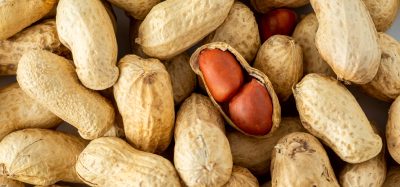Scientists identify fusion peptide as promising COVID-19 drug target
Posted: 8 April 2020 | Hannah Balfour (Drug Target Review) | No comments yet
Researchers working on related coronaviruses SARS and MERS have identified the membrane fusion peptide on the Spike protein as a possible drug target for SARS-CoV-2, the virus causing COVID-19.


Work on SARS-CoV (severe acute respiratory syndrome coronavirus) and MERS-CoV (Middle East respiratory syndrome coronavirus) has enabled researchers to identify a possible antiviral drug target on SARS-CoV-2, the coronavirus causing the COVID-19 pandemic.
The team set out to understand how membrane fusion – the process by which viruses infect human cells – occurs. To do this they began investigating the structure and characteristics of the Spike (S) glycoprotein on both SARS-CoV and MERS-CoV, focusing on the fusion peptide, which enables viruses to transfer their genome into host cells.
Membrane fusion is a multistep process, requiring the virus to recognise the correct type of host cell to infect via environmental cues, including chemical cues and which receptors are present on the host cell’s surface. The S protein is specific for a certain type of receptor – if found, the S protein binds to the receptor and then the fusion peptide portion interacts with the host cell membrane to open a fusion pore. The virus then transfers its genome into the host cell through this pore and the viral genome hijacks the cellular machinery to replicate and reproduce.
In their study published in Antiviral Research the team discovered that calcium ions in the extracellular environment interacted with the fusion peptide to change its shape and how it interacts with the membranes, promoting MERS and SARS infection.
The rapid escalation of the COVID-19 pandemic led the team from Cornell University to compare the biological sequences of the fusion peptides of SARS-CoV and SARS-CoV-2, finding them to be a 93 percent match. So, the team are now using their work on MERS and SARS to develop an antibody that could block SARS-CoV-2 infection as the sequences are so similar.
Related topics
Disease Research, Drug Targets, Immunology, Proteomics, Structural Biology
Related conditions
Coronavirus, Covid-19
Related organisations
Cornell University








